We believe everyone should be able to make financial decisions with confidence. And while our site doesn’t feature every company or financial product available on the market, we’re proud that the guidance we offer, the information we provide and the tools we create are objective, independent, straightforward — and free.
So how do we make money? Our partners compensate us. This may influence which products we review and write about (and where those products appear on the site), but it in no way affects our recommendations or advice, which are grounded in thousands of hours of research. Our partners cannot pay us to guarantee favorable reviews of their products or services. Here is a list of our partners.
When the tread depth gets too low or your tires hit the six-year mark, it's time for new rubber.
Many or all of the products featured here are from our partners who compensate us. This may influence which products we write about and where and how the product appears on a page. However, this does not influence our evaluations. Our opinions are our own. Here is a list of our partners and here's how we make money.
While the consensus across the auto industry is that you should consider replacing your tires at least every six years, there’s no magic number for how often you should replace them.
Tires become unsafe when tread becomes too thin, rubber is degraded by time and temperature or their sidewalls are damaged. A flat is an inconvenience, but a blowout or sketchy grip can lead to an accident.
Although tires can be a substantial expense for a car owner to handle at one time, wear and tear — and their replacement — is mostly predictable. Here’s a rundown of how to determine if your tires need to be replaced and common signs that your tires aren’t up to par.
Tires have grooves known as tread that help them grip the road. While most new tires have a tread depth around 10/32nds of an inch, the tread wears down over time. This makes it more difficult to steer your vehicle, reduces traction and increases braking time.
While most new tires have a tread depth around 10/32nds of an inch, the tread wears down over time. This makes it more difficult to steer your vehicle, reduces traction and increases braking time.
The U.S. Department of Transportation deems tires that have tread at or below 2/32nds of an inch to be unsafe. While your tire technically has enough tread to drive at this point, it can be dangerous to drive your car in certain conditions or for long distances.
There are three ways to figure out your tires’ tread depth:
Tread wear indicators are built into tires and are raised, evenly spaced sections in the grooves of your tire tread. On new tires, they are not as high as the tread. However, when the tread reaches the same level as the indicators, it means it’s time to replace the tires.
Tire tread gauges are relatively cheap tools that let you measure your tread in thirty-seconds of an inch. This will show you the exact measurement of your tire tread.
The penny test lets you estimate tread depth based on where the tread hits a penny. To do this test, take a penny, turn it upside-down, and insert it straight down in the groove of a tire’s tread. Look straight on at the penny to determine where the tread hits President Lincoln’s profile. If you can see his entire head, you’ve hit the mark and need new tires.
Regardless of how many miles they’ve driven, tires degrade over time and become more prone to failure. Factors like environmental conditions, storage and maintenance can influence how long a tire will last even if it’s only driven a few hundred miles a month.
While there’s no set requirement for when to replace tires according to age, the general recommendation is to replace them six years after the manufacture date and to never drive on tires that are older than 10 years.
Of course there are other times when your tires are telling you it’s time for replacement despite what your tread measurement might say.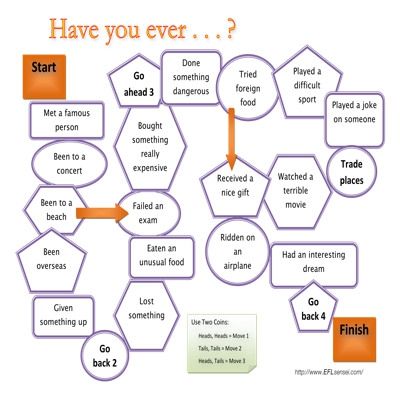
You moved to a new climate. Some tires are designed for specific conditions such as extreme temperatures. Winter tires, for example, have deeper tread and are meant to be more flexible in cold weather; driving them on warm pavement can wear them down more quickly. If you move to a new climate, pay attention to road conditions and weather patterns to determine if you need different tires.
You’re losing traction. If it feels like your car is slipping or sliding during wet weather, this could be a sign of low tire tread that is failing to channel water away effectively. Because tire tread can wear unevenly, you might not notice that some of your tread has worn thin and is affecting your traction.
Most modern cars activate a warning light when your car loses traction. If you are seeing this warning light more frequently as time goes on, check the condition of your tires.
Your tires aren’t holding pressure like they should. Certain types of tire damage, including debris between the rim and the tire and damage to the sidewall, can cause continuous pressure loss. Some damage might be repairable, but some situations will call for new tires.
Some damage might be repairable, but some situations will call for new tires.
🤓Nerdy Tip
An average of 2% air loss in tires is common for every drop of 10 degrees in outside temperature. So don’t worry if your tire pressure varies a bit when it starts to get colder outside.
About the author: Whitney Vandiver is a writer at NerdWallet currently focusing on small business. Read more
On a similar note...
Get more smart money moves – straight to your inbox
Sign up and we’ll send you Nerdy articles about the money topics that matter most to you along with other ways to help you get more from your money.
Maybe you got a used car a few years ago or maybe you recently purchased a new car. No matter the situation, as a car-owner you may be wondering, how often should you replace your tires? When you should replace your tires differs slightly from vehicle to vehicle and driver to driver. However, there are a few standards that should help you determine when to change your tires next.
However, there are a few standards that should help you determine when to change your tires next.
When and how often you should change your tires depends on a few factors. When thinking about replacing your tires, ask yourself these questions:
Along with the answers from above, there are a few pieces of information you can grab from your vehicle to help determine the next time you should replace your tires. The following should only take a few minutes to find out.
Most car experts will tell you to change your tires every 6 years or so. If you are constantly driving, you may need to change your tires earlier. Likewise, if you don’t drive often you can get away with a few extra years.
For a car that you bought new, you can easily bet on changing your tires 6 years after your purchase. For used cars, you’ll likely need to look at the date printed on the tire.
To see when your tires were manufactured, look for a four-digit number sequence on the outside of the tire. This will tell you the week of the year in which they were made. For example, 1112 means that the tires were made in the 11th week of 2012.
Another good rule of thumb when it comes to tire replacement is to replace your tires every 25,000-50,000 miles. In most cars, you can check your total mileage on the dashboard.
Aside from time and mileage, you can always check if your tires look like they need to be replaced. To do so, get a quarter and insert it headfirst into the center of the tire tread. If Washington’s head is even with the tread, your tires are safe, but you need to get them replaced soon.
Doing the same trick with a penny, if Lincoln’s head is even with the tread, hopefully, you have some money saved up because you need to change your tires ASAP.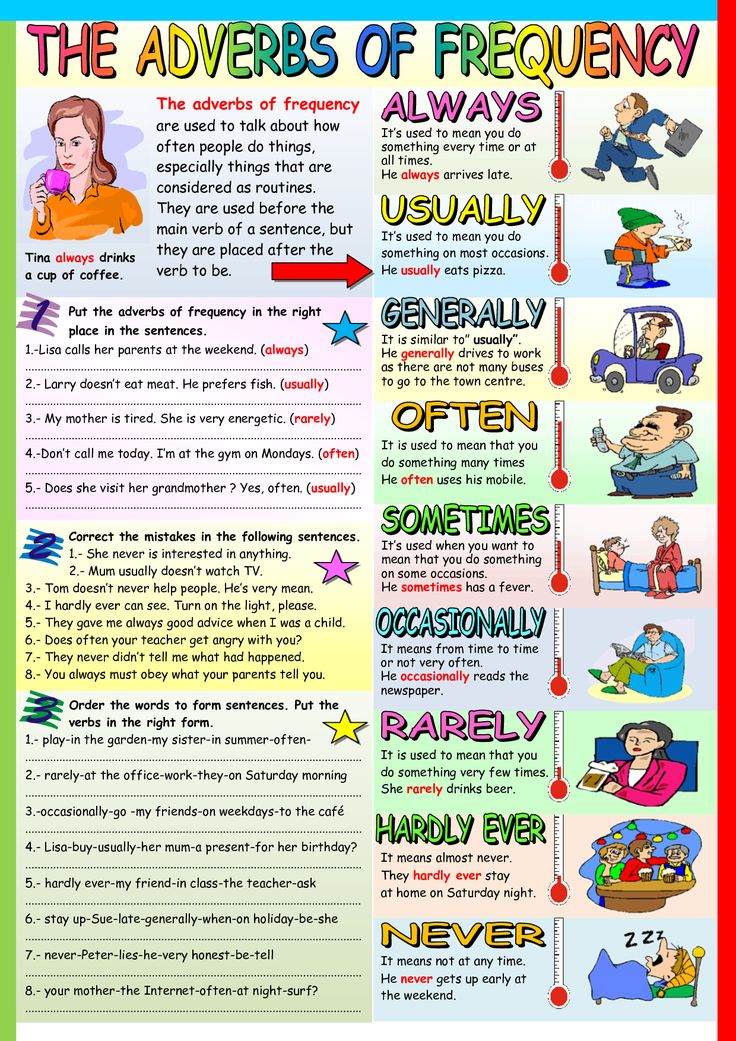
Another physical test to see if it’s time for a tire replacement is to be mindful of how your car feels when you are driving. Does the steering wheel feel smooth when driving, or does it vibrate or veer to one side over the other. If it does any of the latter, consider getting your tires changed.
While there are steps you can take to expand the lifespan of your tires, when they are worn out, you need to replace them. You can’t put off changing your tires, as it is a safety risk to you and other vehicles on the road. Old tires can affect the way your car breaks and stops, which can lead to accidents. Be a responsible car owner and replace your tires when needed.
All car owners need to be on top of replacing their tires. How often should you replace your tires? It might vary from person to person, but there are standards in place to determine tire health. Is your car due for a tire replacement? Then check out Christian’s Tire Shop. We have all the name brands you could possibly want, right here in Albuquerque.
Is your car due for a tire replacement? Then check out Christian’s Tire Shop. We have all the name brands you could possibly want, right here in Albuquerque.
Photo: www.videoblocks.com
A set of tires bought new can go on your car up to 80,000 kilometers and even more. It is clear that for such a run, the rubber needs to create ideal working conditions. But it is easy to extend their service life to 30,000-40,000 km, it is enough to follow the simple rules for rotating tires.
Eduard Raskin
Of course, how long a tire can last safely depends on many factors. Of great importance is the class of the vehicle, your driving style, the type of tires used and the general technical condition of the car. It is clear that it is impossible to compare the service life of tires for a slow-moving summer resident who leaves the garage a couple of times a year, and for a street racer, which blows smoke from under the wheels in vain.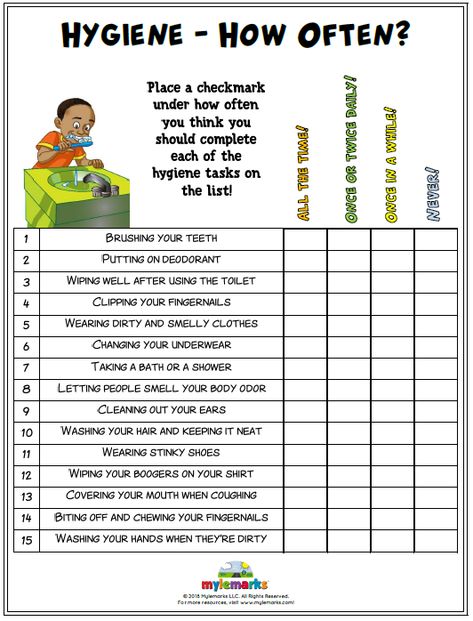 The degree of wear of suspension elements such as ball bearings, bushings, shock absorbers, correctly set camber, and tire pressure are also important.
The degree of wear of suspension elements such as ball bearings, bushings, shock absorbers, correctly set camber, and tire pressure are also important.
In addition, there is another way to extend the life of your tires - periodically swap the wheels. Recently, for some reason, they forgot about him, although in former times this was an immutable rule.
Photo: www.bmw-post.com
The fact is that different forces act on different wheels, and this, of course, leads to significant differences in wear. For example, the front tires bear most of the weight of the car due to the fact that the vast majority of cars have a heavy engine there. In addition, they account for up to 80% of the weight during emergency braking. Finally, when turning, the drive wheels turn, which also leads to their rapid and uneven wear.
If the front tires wear the tread edges the fastest, then the middle part of the rear tires. Swapping shoes from back to front and, accordingly, vice versa, will allow the rear tires to wear out on the sidewalls, and the front tires along the plane.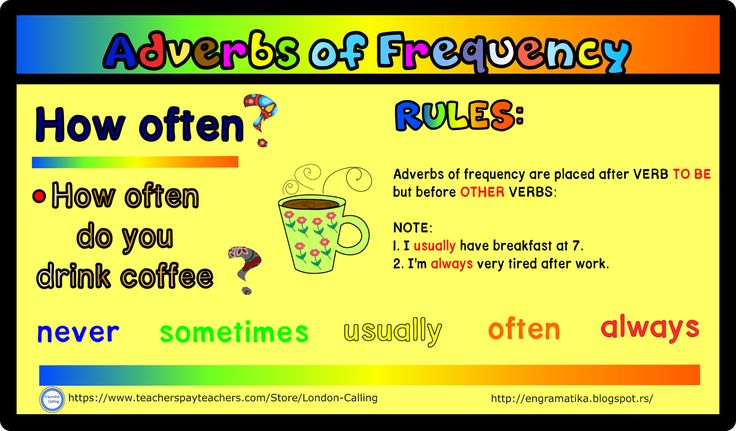 This extends the service life of the kit, reduces noise and vibration.
This extends the service life of the kit, reduces noise and vibration.
Of course, if you have extra money, you can simply change the front tires after they wear out, since this will have to be done twice as often as with the rear. Thus, you will have to buy six tires instead of four. But it is much easier to arrange a rotation for them, extending the service life by one and a half times.
Photo: www.wikihow.com
Tire manufacturers recommend changing tires every six months or after 8,000-12,000 kilometers. Since in Russia law-abiding drivers must change “winter” to “summer” for any reason and vice versa, it is very convenient for them to combine one action with another.
In most cases, the tires should be rotated in the following order: left rear to left front, right rear to right front, left front to right rear, and right front to left rear.
However, if your machine has tires with an asymmetric tread pattern, they must not be swapped from one side to the other.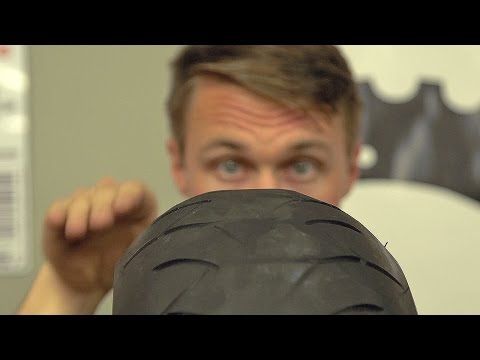 On "charged" and sports models, wheels of different sizes are often installed, and there you can only throw tires from right to left. Therefore, before proceeding with the rotation operation, carefully study the markings of your tires.
On "charged" and sports models, wheels of different sizes are often installed, and there you can only throw tires from right to left. Therefore, before proceeding with the rotation operation, carefully study the markings of your tires.
Medvedev is asked to rewrite the Rules
9535
Medvedev is asked to rewrite rules
9535
Subscribe to the Autovzglyan channel:
9000 8 years old tires, tires, pine tires 9000
Sort DefaultNewestHigh Rated
36 - number of articles
Read article
{{/articles}}
Flat Run tires from Nokian Tires can be mounted on regular rims, but some other manufacturers' products require special rims.
Read article
Rolling resistance refers to the energy generated when a tire deforms when gripping the road. Rolling resistance affects fuel consumption, which in turn affects carbon dioxide emissions. Rolling resistance is approximately 20 percent of the fuel consumption of a vehicle…
Read article
Wet grip is an important safety factor, especially for summer tyres.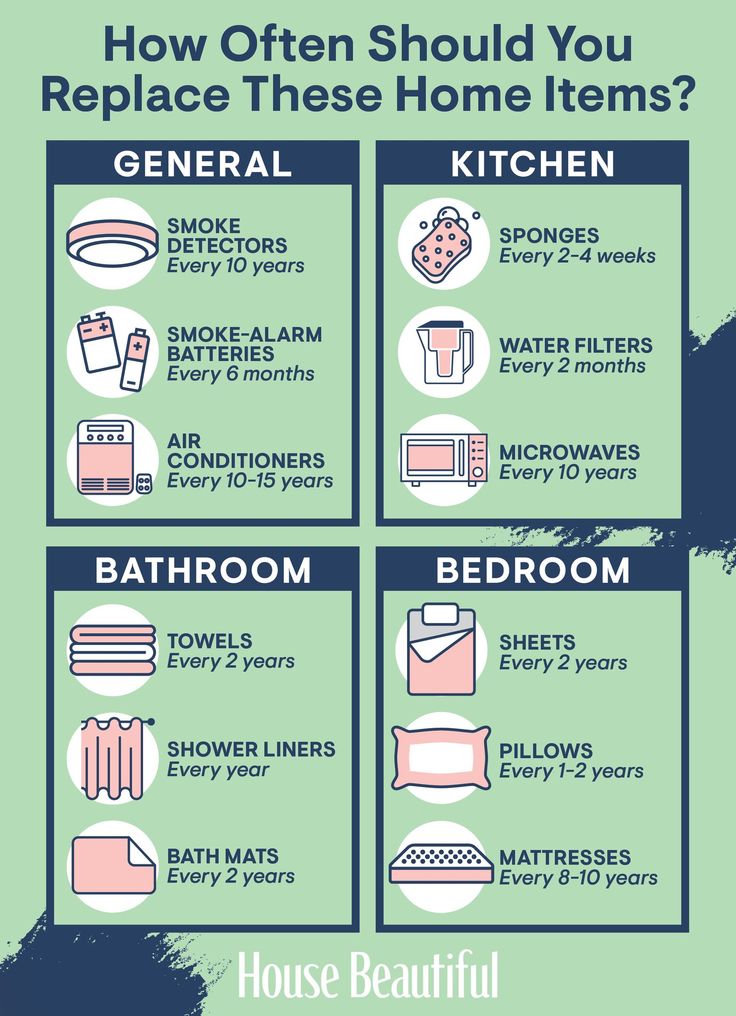 Wet grip is directly related to the tire's handling on wet roads. The European label indicates the braking distance of the tire on wet pavement from a starting speed of 80 km/h.
Wet grip is directly related to the tire's handling on wet roads. The European label indicates the braking distance of the tire on wet pavement from a starting speed of 80 km/h.
Read article
Wet grip is the tire's ability to retain grip on wet surfaces. In practice, when we talk about wet grip, we mean short braking distances on wet surfaces, improved handling characteristics or more stable reactions on wet roads…
Read article
Tire noise is always related to the road surface as it has a big impact on the noise level of a car. The decibel value is not an accurate measure of the noise level; all tires are noisy when they drive on rough pavement, for example, in the spring.
Read article
Modern non-studded winter tires have good grip even in difficult conditions and can even correct minor driving errors. However, studded tires offer significantly better traction. A young car enthusiast who has his first winter ahead of him should choose studded tires ...
However, studded tires offer significantly better traction. A young car enthusiast who has his first winter ahead of him should choose studded tires ...
Read article
If you need to hit the road in the early morning or in a blizzard or in extremely dangerous driving conditions, you definitely need studded winter tires. Studded tires are by far the most efficient way to deal with unexpected road conditions.
Read article
Do you have a new car, well equipped, with electronic stability control and ABS? Do you have a calm driving style and pay close attention to the road? In this case, you can manage without spikes.
Read article
Each driver should be able to choose the tires that he considers most suitable, based on his own driving experience, style and road conditions. Studded winter tires are considered the safest and most reliable in rapidly changing winter conditions.
Studded winter tires are considered the safest and most reliable in rapidly changing winter conditions.
Read article
Nokian Hakkapeliitta 9, Nokian Hakkapeliitta 8, Nokian Hakkapeliitta 8 SUV, Nokian Nordman 7, Nokian Nordman 7 SUV, Nokian Nordman 5, Nokian Nordman 5 SUV, Nokian Hakkapeliitta C Van and Nokian Hakkapeliitta C Cargo tires are factory studded and supplied in Tire centers are already wide…
Read article
If you drive on icy or hard-packed roads most of the time, we recommend studded winter tires. Non-studded tires are generally better suited for snowy roads.
Read article
From a technical point of view, Flat Run tires can be fitted to any vehicle.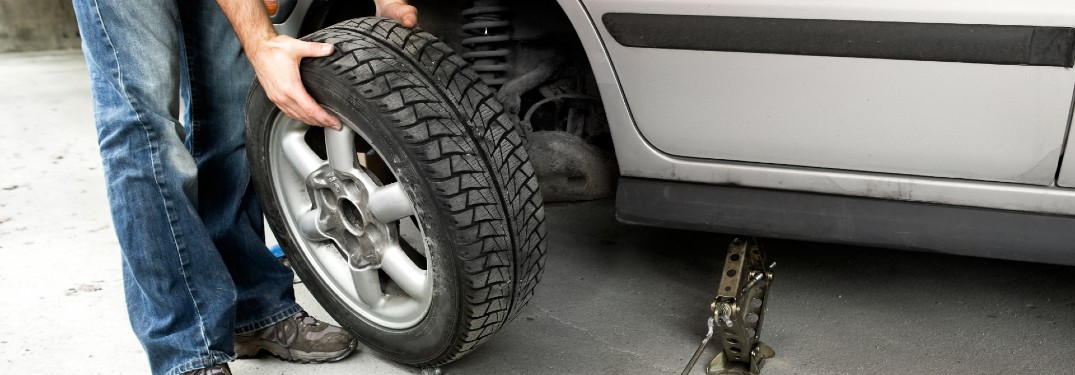 However, we recommend using these tires only on vehicles for which flat run tires are specified by the manufacturer.
However, we recommend using these tires only on vehicles for which flat run tires are specified by the manufacturer.
Read article
If low noise is the most important characteristic of a tyre, you should choose non-studded winter tires that are invisible on clean roads. Be aware that the sound from modern Nokian Tires is quite low and muffled.
Read article
First of all, it is important to remember that non-studded winter tires are designed and manufactured specifically for winter use. The performance of non-studded winter tires does not match that of good summer tyres. Nokian Tires offers a wide range of good summer and winter tires.
Read article
When changing non-studded winter tires, you can follow a flexible schedule: you can install non-studded tires in the autumn before the onset of cold weather and ice on the roads.
Read article
Nokian Tires are marked for correct fitting. The edge of the tire labeled "outer" must be on the outer edge of the tire.
Read article
Fitting flat run tires does not require any special equipment, so these tires can be installed at most tire shops.
Read article
Tires in the "best" condition, i.e. the least worn tires, should always be mounted on the rear axle of the vehicle and the main reason for this is safety. By using better rear tires it is easier to avoid oversteer, then there is a loss of rear axle traction in emergency conditions…
Read article
Yes, flat run tires have more rolling resistance than conventional tires.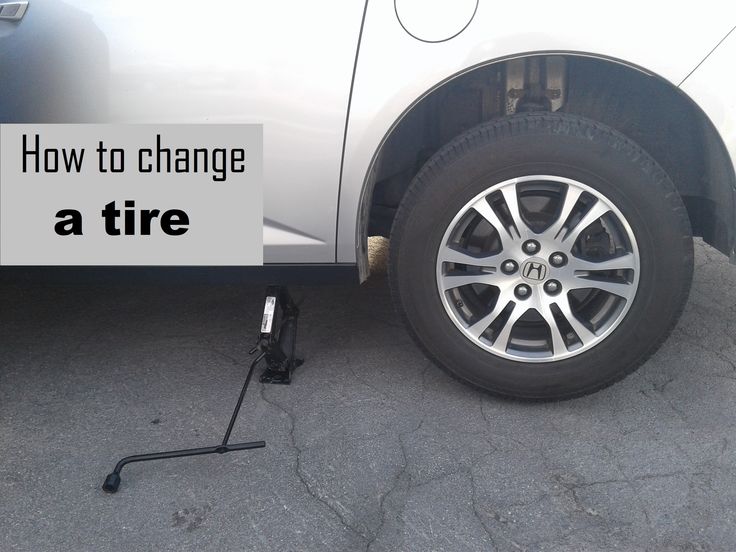
Read article
If you drive even a short distance with a flat run flat tire, we recommend replacing it with a completely new tire.
Read article
Used tires must not be taken to a landfill; they must be disposed of in an appropriate recovery facility. In Europe, you can recycle old tires for free, because the price of new tires includes a recycling fee.
Read article
As the name implies, all-season tires are designed for year-round use and combine the characteristics required for summer and winter driving - multi-weather performance, handling and durability.
Read article
We recommend changing all tires at the same time.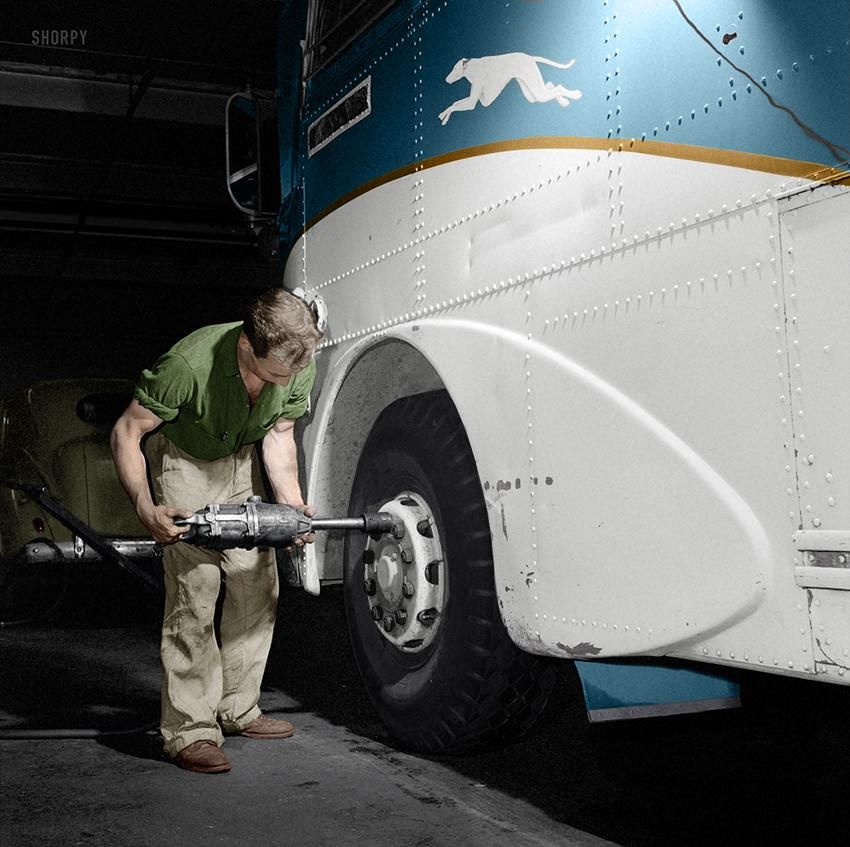 In some cases, you can change two tires: either front or two rear. In these cases, the new tires must be of the same make and model as the old tires to ensure safety and maneuverability.
In some cases, you can change two tires: either front or two rear. In these cases, the new tires must be of the same make and model as the old tires to ensure safety and maneuverability.
Read article
The recommended tire size for your vehicle is listed in the vehicle documents. When choosing winter tires, consider how often and where you drive, how safe you feel when driving in winter, and your level of driving skill. This analysis will help you make…
Read article
Nokian Tires is an innovative company, Nokian Tires tires do not use raw materials and materials classified as toxic or carcinogenic in the production of tires. Tire raw materials include natural rubber, synthetic rubber, reinforcing materials such as cord, carbon black and various…
Read article
Nokian Tires with Flat Run technology can travel up to 50 km with a fully loaded vehicle and up to 150 km with a driver alone in the event of a puncture.
Read article
As a rule, in independent tire comparison tests, well-known premium brands almost always outperform second-tier tires from the same manufacturer or cheaper tires.
Read article
From a safety point of view, the most important characteristics of summer tires are grip on wet surfaces and the ability to prevent hydroplaning. In terms of comfort, this is a low noise level. Low rolling resistance will reduce fuel consumption and environmental emissions…
Read article
Nokian Tires is a Finnish company that owns two tire factories. One plant is located in Finland, the second - in Russia.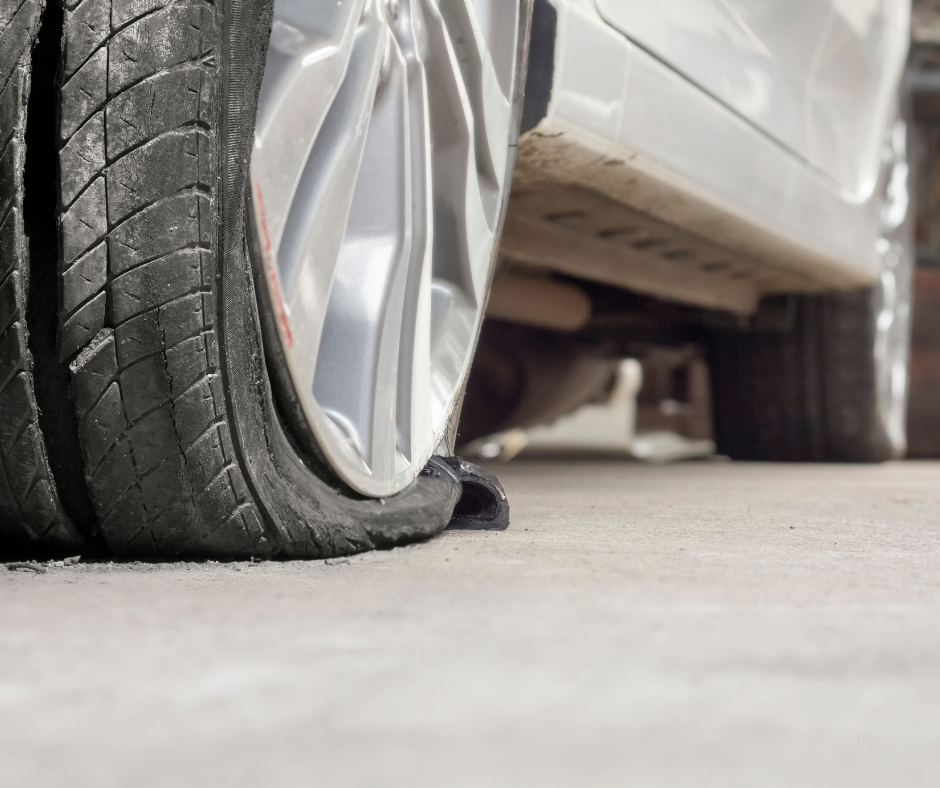 The head office of the concern is located in Nokia, Finland. In Finland, new product development, administration, sales and marketing management take place.
The head office of the concern is located in Nokia, Finland. In Finland, new product development, administration, sales and marketing management take place.
Read article
The soot used to strengthen the rubber mass has such a small particle size that it turns the rubber black. In the future, we may be able to replace carbon black with another reinforcing compound, and then we can make tires of any color.
Read article
On icy or wet roads and in rapidly changing road conditions, studded tires provide better grip. On snow, studded and non-studded tires show almost the same grip.
Read article
The country of manufacture is clearly marked on the tire sidewall.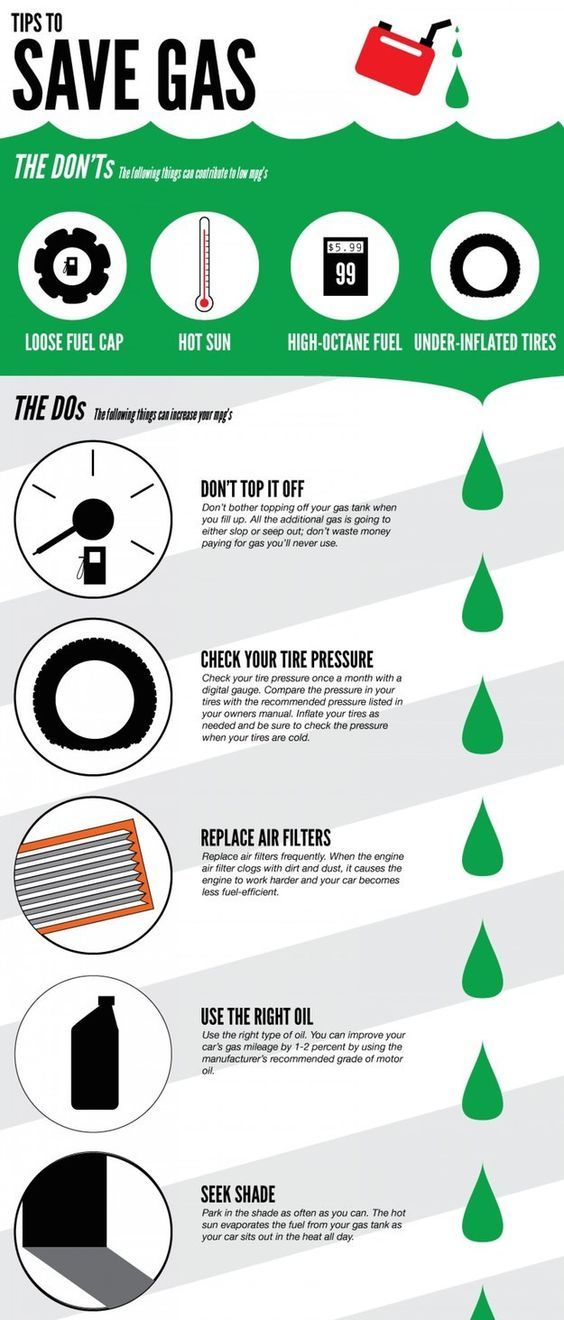 The same tire model can be produced in factories in different countries. All Nokian Tires tires are made to our high quality and safety standards.
The same tire model can be produced in factories in different countries. All Nokian Tires tires are made to our high quality and safety standards.
Read article
Scandinavian studless winter tires provide significantly better grip on ice and snow than Central European studless winter tires. On the other hand, tires geared towards Central European winter conditions perform better on wet roads.
Read article
It is legally prohibited in Russia to use winter studded tires from June to August (established by the technical regulation "On the safety of wheeled vehicles"). Nokian Tires does not recommend (there are no legal restrictions here) the use of winter tires in summer…
Read article
When choosing tires, it's important to make sure they match your driving style and experience.